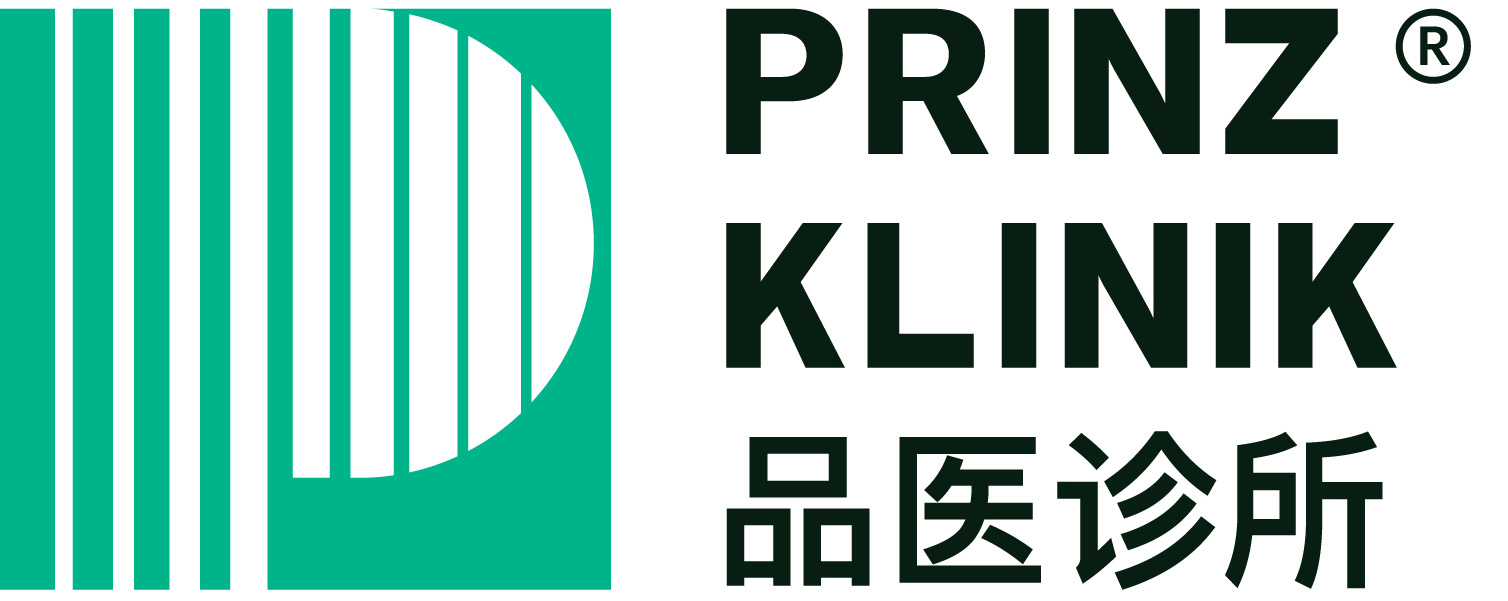Health Tips & Wellness Blog – Prinz Klinik
Women’s Health Imaging

Women’s Health Imaging in Malaysia: Ultrasound, Mammogram & Bone Density
This article is prepared by Prinz Klinik, based on MOH Malaysia and international medical guidelines. It is for health education only and should not replace professional medical consultation.
What is Women’s Health Imaging?
“Women’s Health Imaging” is a broad medical concept. It is not limited to ultrasound scans alone, but also includes mammograms (breast X-rays), bone density scans (DEXA), and in selected cases MRI or CT scans. Doctors recommend different imaging tools depending on a woman’s age, symptoms, and risk factors.
Why is Ultrasound so Important for Women’s Health?
Ultrasound is often the first-line imaging tool for women’s health, and here’s why:
- ✅ Safe and radiation-free: Suitable across all ages, including during pregnancy.
- ✅ Wide applications: Used for breasts, uterus, ovaries, pelvic area, and pregnancy monitoring.
- ✅ Real-time results: Quick procedure with immediate interpretation by doctors.
- ✅ Ideal for younger women: Women under 40 usually have dense breasts, where mammograms are less effective — ultrasound is more reliable.
However, ultrasound cannot replace other imaging tests entirely. Mammograms remain the gold standard for breast cancer screening, while bone density scans and sometimes MRI are needed for osteoporosis and complex gynecological conditions.
Common Women’s Imaging Tests
| Test | Main Purpose | Who Should Consider |
|---|---|---|
| Mammogram | Breast cancer screening | Women aged 40–74; high-risk women may start earlier |
| Breast Ultrasound | Assess dense breasts, clarify suspicious lumps | Younger women or those with dense breasts; as follow-up to mammogram |
| Pelvic / Uterine & Ovarian Ultrasound | Detect fibroids, ovarian cysts, PCOS | Women with irregular periods, pelvic pain, or infertility |
| Transvaginal Ultrasound (TVS) | Detailed evaluation of uterus lining, ovaries, and early pregnancy | Sexually active women or those undergoing fertility/gynecology assessment |
| Bone Density Scan (DEXA) | Osteoporosis screening | Post-menopausal women or those with family history of fractures |
| MRI / CT (selected cases) | Further assessment of tumors or complex pelvic conditions | Based on specialist’s recommendation |
Who Should Consider These Tests?
- Women aged 40+ (routine breast screening)
- Women with family history of breast, ovarian, or uterine cancer
- Women with menstrual disorders, infertility, or pelvic pain
- Post-menopausal women (osteoporosis and gynecological health)
- Women on long-term medications or hormone therapy
Preparation Tips Before Imaging Tests
- Mammogram: Avoid during menstruation and the week before. Do not apply deodorant, perfume, or powder on the day.
- Pelvic / Ovarian Ultrasound: A full bladder is needed — drink water before the test.
- Transvaginal Ultrasound: Usually no special preparation, performed under medical guidance.
- Bone Density Scan: Avoid calcium supplements on the same day to prevent interference.
Frequently Asked Questions (FAQ)
Q1: Does a mammogram hurt?
Most women feel only brief pressure or discomfort. The procedure usually takes 10–15 minutes.
Q2: Should younger women do mammograms?
Generally not before age 40 unless high-risk. Ultrasound is preferred for younger women.
Q3: Is transvaginal ultrasound safe?
Yes. It is a routine gynecological test, radiation-free, and performed by trained professionals.
Q4: How often should these tests be done?
- Mammogram: Every 2 years for women 50–74; annually for women 40+ with risk factors.
- Pelvic ultrasound: As recommended by your doctor or if symptoms occur.
- Bone density scan: Every 1–2 years after menopause.
What Prinz Klinik Provides
- Doctor consultation and personalized imaging recommendations
- Referral for mammogram, breast ultrasound, pelvic/ovarian scans
- Bone density scans and osteoporosis risk management
- Comprehensive health screening packages for women








